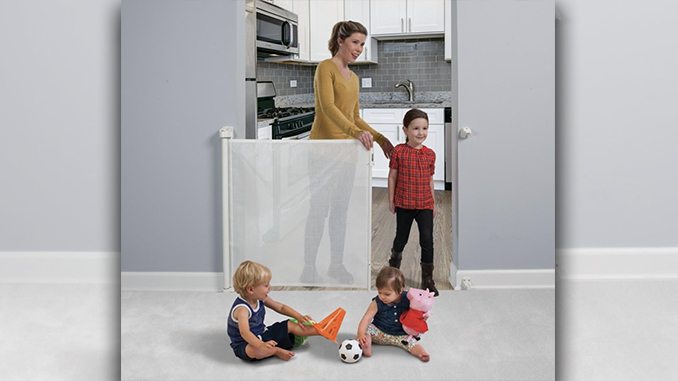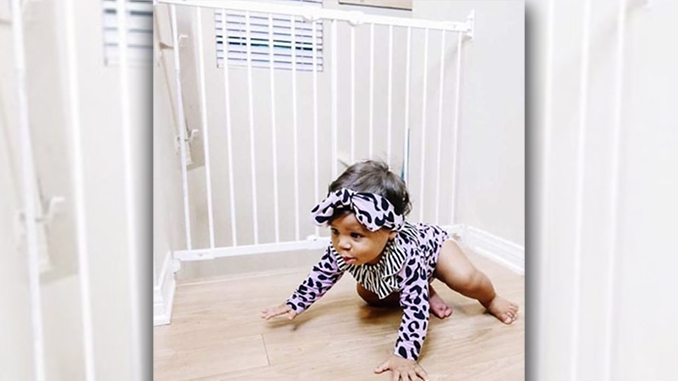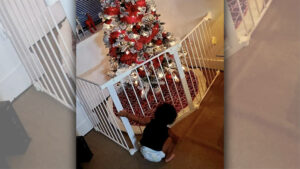Sadly, each year thousands of children under the age of four are seriously injured according to the Centers for Disease Control and Prevention. Even though it’s a good idea to start baby proofing as soon as possible, even from the time the pregnancy test comes back positive, the new year is a great time to start, too.

Where to start?
Where to start? Dan Kaiser, Vice President/General Manager at KidCo says to start by going room by room and create a checklist of tasks for each. Keep in mind that there will be more to do with each new stage of a child’s development. So when your baby reaches that exciting milestone of crawling or walking, it’s also time to look around and see what baby proofing is needed next. Get on a baby’s eye level to find the dangers you might otherwise miss.
Understanding Hazards
Make a list and prioritize it based on the most common causes of injury. These include suffocation, burns, choking, falling, and poisoning. Depending on how many children you have, the hazards and safety measures you have to take may vary. For example, if this is your first child, the coffee table might be the biggest problem. But if you have older children, then small pieces from toys and batteries from electronic items are dangerous.
Top tips include:
- Latch cabinets and drawers with household chemicals and medicines
- Know which toys are choking hazards with a small object tester
- Put window guards on any windows. A child can fall through a screen
- Secure furniture and TVs to the walls with straps
- Cover electrical outlets
- Protect little ones from reaching stove knobs
A Special Note About Baby Gates

Experts agree that parents should put baby gates at the tops and bottoms of staircases. This will keep babies from falling from the top and from climbing up from the bottom and then falling. The top of the stair gates should attach to the walls. The bottom of the stair gates can use pressure.





